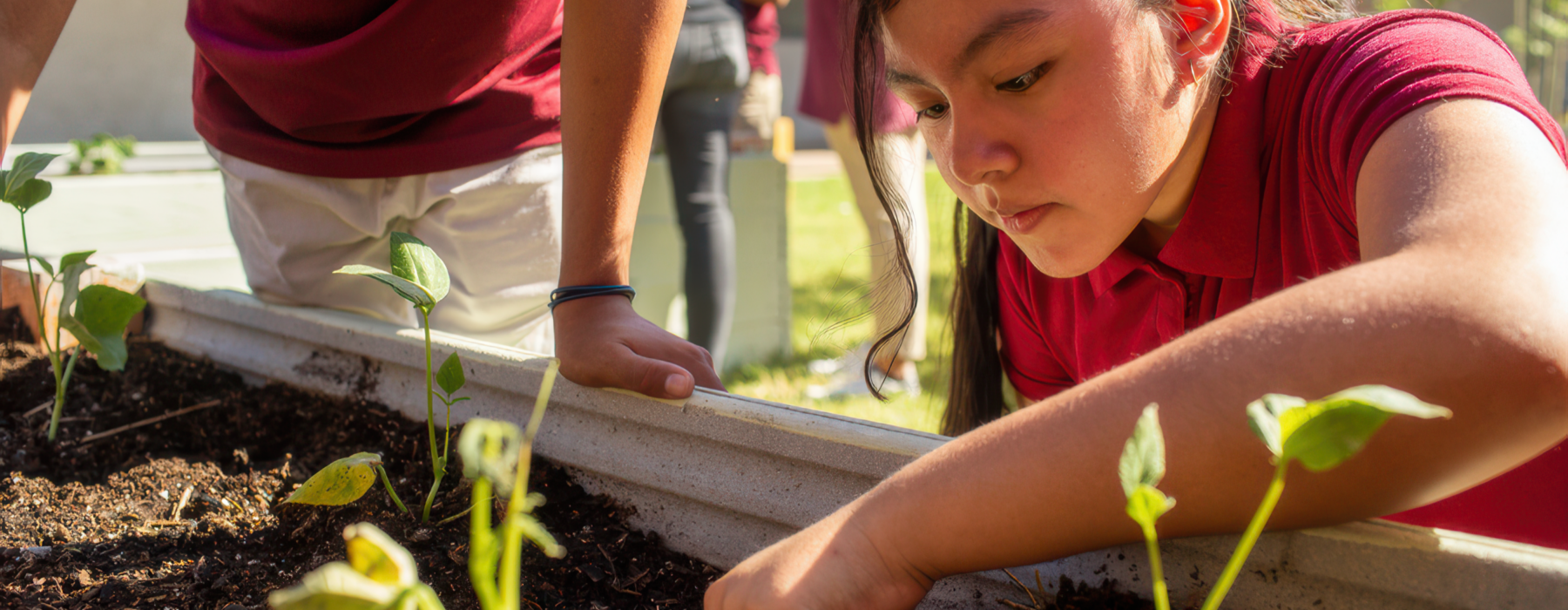School gardens provide a valuable opportunity to incorporate fresh produce into school meals and allow students to eat what they grow, but some areas prohibit the use of school garden produce in school cafeterias due to food safety restrictions. This is where state-level policies can step in to provide support. This case study, authored by VLGS alum Raina Goldstein Bunnag MFALP’24 and developed in partnership with National Farm to School Network, tells the story of Arizona’s law H.B. 2518, which established a statewide food safety certification program for school gardens and made it possible for Arizona schools to serve their own garden-grown produce.
Introduction
School gardens o er a great opportunity to connect the garden to the cafeteria with fresh produce. This allows students to eat what they grow, which has been shown to have several benefits, including increasing children’s fruit and vegetable consumption and willingness to try new foods. Utilizing the garden in this way can also increase staff and parent buy-in for the school garden, resulting in more support for a sustainable program.
School garden programs across the country have experienced success through partnerships with cafeterias, yet this approach is underutilized. While the United States Department of Agriculture (USDA) allows produce from school gardens to be used in school meals, some states and districts disallow or discourage it due to food safety concerns.
To address this issue, state laws and regulations can provide permission for schools to integrate school garden produce into their cafeterias. In 2016, Arizona farm to school supporters worked together to pass H.B. 2518 and developed a statewide food safety certification program for produce from school gardens.
Acknowledgements
Thank you to the Pinnacle Prevention team, which includes Rachel Gomez-Acosta, Jessie Gruner, and Adrienne Udarbe, Paige Mollen from the Mollen Foundation, and Arizona Department of Health Services staff for generously taking the time to share their experiences. Thank you to Cassandra Bull from National Farm to School Network and Lihlani Nelson and Wendy Chen from the Center for Agriculture and Food Systems at Vermont Law and Graduate School for their contributions and mentorship, and thank you to Laurie Beyranevand (CAFS), Austin Price (CAFS), and Karen Spangler (NFSN) for their review of this case study.
